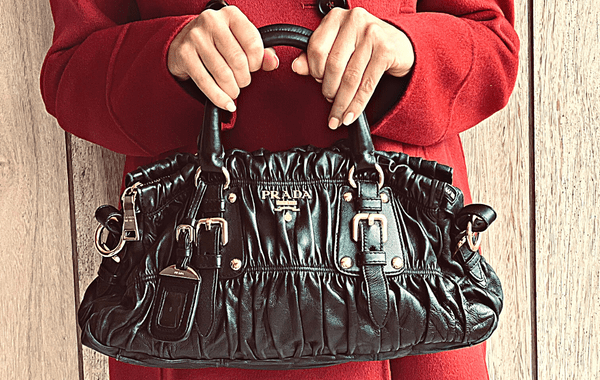Seeking a better way with stylish seconds
GLOBALLY, the fast fashion industry creates 92 million tonnes of waste per year and uses 79 trillion litres of water.
Less than 15 per cent of fast fashion clothes are recycled or reused.
It was these concerning figures that inspired former Surf Coast resident and now Byron Bay-based Cathy Sullivan to start online circular fashion business, EXIT.
EXIT brings stylish seconds from high-end brands to regional Australia, and is now servicing the Surf Coast and Greater Geelong.
“I started EXIT after working in the Fashion Industry for over 25 years and observing the excess seasonally being created, some of which still gets incinerated by brands as a means of dealing with the problem,” Cathy said.
“It’s environmentally no longer acceptable to sit on the sidelines observing this, so I started EXIT to be a part of the circular solution to the problem.

“EXIT works with brands and consumers to on-sell their new or like-new excess for a price benefit to consumers. Right at a time when consumers need economically need something to go down in price.”
Sullivan also owns a business helping redirect excess stock of high-end brands overseas.
“Essentially if we don’t find a home for this stock it will be burned or sent to land fill, so this is directly finding a solution to the fashion industry’s exit, and ensuring we find a solution to the problem overproduction.
“The fashion overproduction rate itself is staggering, ranging from 30 to 40 per cent in any given season.
“A major flaw in the traditional fashion system is the inexact matching of supply and demand.
“And, born from this is a new generation of circular fashion start-ups that are rising up, providing a consumer centric solution.”

From the Facebook brand loyalist marketplace resale groups, and social media apps to sell second-hand clothes, Cathy said consumers are sending a strong message that their money has power and the message is clear, it is no longer about buying new things, but this doesn’t mean sparing on style.
“There’s a perception with some people that eco equals ugly, and that couldn’t be further from the truth.
“We’ve got Chanel, we’ve got Fendi, we’ve got Burberry, brands from New York, Seafolly… premium and luxury brands.
“You can be stylish and well put together shopping through these fashion routes.
“We all know the feeling of being given a compliment when owning something we feel like we bagged for a bargain. It’s a moment of pure pride that offers up solid bragging rights. Quickly followed by; it was only $20 at, or I got it at a flea market for $50, thanks.'”
Cathy said even research is backing this movement, with new data from the University of Tasmania suggesting that the more style-conscious you are, the more likely you are to shop for second-hand clothes and accessories.
“The new data presents, a style-conscious person expresses themselves through their clothes. These shoppers want clothes that complement their personal style and values. They look for authentic and original pieces and avoid mainstream trends and fast fashion,” Cathy said.
“Style-conscious shoppers are very different from fashion-conscious shoppers. Fashion is all about the “new”: fashion is a novelty and constantly evolving.
“Style, on the other hand, is about expressing long-term individual identity.
“Second-hand shopping is no longer just about ops shops and flea markets.
There is quite simply now too much excess, that new solutions are required.”
Cathy said anyone can get behind the movement towards more eco-friendly fashion by selling pieces you no longer wear on Facebook marketplace, or locally, or donating your clothes to a local thrift shop.
“When buying, support the slow fashion movement choosing pre-loved or past-season, and support local and shop second-hand from circular fashion start-ups.”
To look at Exit’s pre-loved high-end collections head to www.exitthestore.com.


















